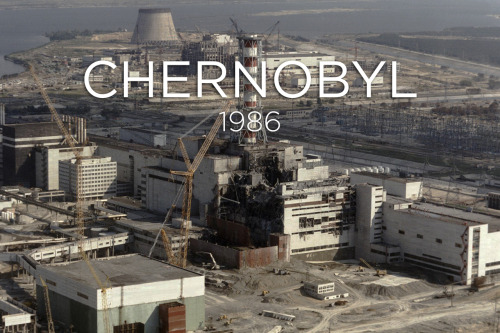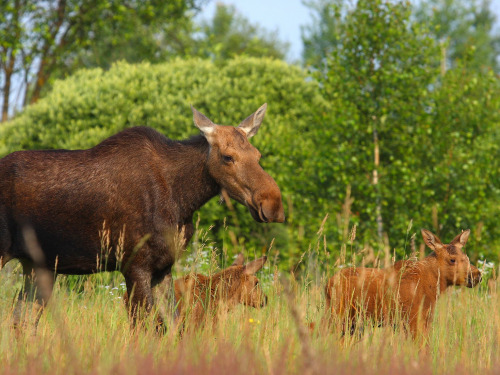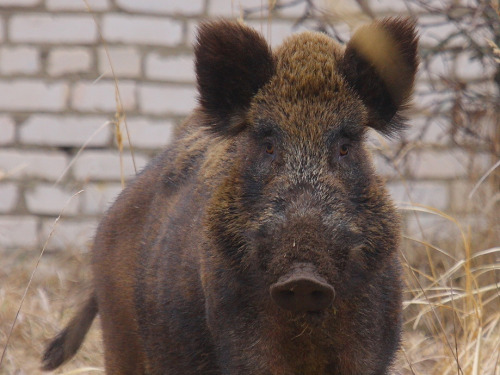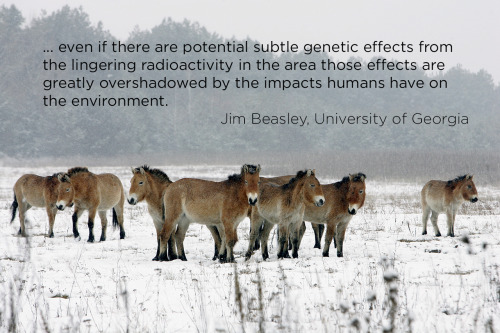Of The 24 MacArthur Genius Grant Recipients, 11 Of Them Were Women. Here’s A Look At Who They Are,

Of the 24 MacArthur genius grant recipients, 11 of them were women. Here’s a look at who they are, what they do and why you should pay attention to them.
MacArthur’s genius women (The Daily Beast)
More Posts from Dotmpotter and Others
my man went for it
How To Avoid The Next Atlantis
They say nothing in life is guaranteed except death and taxes. Maybe we should add rising sea levels to that list?
The lapping waves of Earth’s oceans are going to move as much as 1 full meter higher within our lifetimes, and perhaps several meters more in the coming centuries depending on what we do or don’t do about slowing down climate change. Part of this comes from melting glaciers and ice shelves flowing out to sea, and part comes from the natural expansion of water as it warms, but we have to face facts: Sea level is rising.
This new video from MinuteEarth looks at some of the interesting ways that coastal cities around the globe are trying to get ready for a wetter world. I wish this wasn’t something we had to prepare for, but I’m glad we’ve got smart people on the job.
Bonus: Curious what 1 meter of sea level rise looks like? Head over to Climate Central and play with their Surging Seas map simulator. Look, you can even make half of Florida and Louisiana disappear!

The study authors have calculated the cost of the “lost ecosystem services value” our planet has suffered in the last decade and a half. According to their calculations, the loss due to land degradation averages US $43,400 to $72,000 per square km, some US $870 to $1,450 per person, globally each year. The percentage of the world’s land affected by land degradation has grown a lot in the last decades – it has doubled between the late 1970s and the early 2000s. And the process is far from its end.
“This study by ELD shows the immediate and global impact of land degradation and highlights that actions to tackle it pay off,” Karmenu Vella, European Commissioner for Environment, Fisheries and Maritime Affairs commented on the paper.
“Increased land degradation is also one of the factors that can lead to migration and it is being exacerbated by climate change. On our planet, the area affected by drought has doubled in 40 years. One third of Africa is threatened by desertification. As President Juncker said in his State of the Union speech last week, climate refugees will become a new challenge – if we do not act swiftly.”



Watch: How a simple photo edit perfectly illustrates the importance of gender equality.

This is the third in a series of articles published by InsideClimate News disclosing that ExxonMobil was conducting an extensive internal research project internally to analyze the effect of carbon emissions on atmospheric CO2, global warming and climate change. It’s clear from the material described and presented in the article that ExxonMobil, within its science group and at the highest management levels, was aware of the risk of climate change from carbon emissions. Notwithstanding that knowledge, ExxonMobil decided to protect its business model and go down the denial path.
What’s amazing is how accurate the ExxonMobil scientists were in their projections of the concentrations of CO2 in the atmosphere and the effect those levels of concentration would have on global warming.
Here’s an example of an internal memorandum. An explanation of this memo, including more on its contents, the context in which it was written and delivered and the identities of the author and addressee, are included in the article.

A timeline of ExxonMobil’s research and external outreach efforts on the climate change issue. If the text is too tiny or blurred, a better copy, which you can enlarge, is included in the article.


New interactive map shows how rising seas will swallow US cities
While there’s unarguably greater awareness than ever that man-made climate change is contributing to global warming and rising sea levels, it can be difficult to visualise what that exactly means for the city you live in. How high will sea levels rise? When will it happen? Where will it happen? And, most importantly, what can we do about it?
These are the questions that this stunning new interactive map is designed to get you thinking about. Mapping Choices is part Google Maps, part time machine. It lets you choose any US city or zip code to see what rising seas will do to your nominated address, based on a range of projections about how high sea levels could increase.
- ScienceAlert







On April 26, 1986, a power surge caused an explosion at the Chernobyl Nuclear Power Plant near Pripyat, Ukraine. A large quantity of radioactive material was released.
On May 2, 1986, the Soviet government established a “Zone of Alienation” or “Exclusion Zone” around Chernobyl – a thousand square miles of “radioactive wasteland.” All humans were evacuated. The town of Pripyat was completely abandoned.
But the animals didn’t leave. And a new study, published this month in Current Biology, suggests they are doing fine. “None of our three hypotheses postulating radiation damage to large mammal populations at Chernobyl were supported by the empirical evidence,” says Jim Beasley, one of the researchers.
In fact, some of the populations have grown. These photos (mostly taken by Valeriy Yurko) come from the Belarusian side of the Exclusion Zone, and area called the Polessye State Radioecological Reserve. Kingfisher, elk, boar, baby spotted eagles, wild ponies, moose, rabbits, and wolves all make their home in the park. In some ways, human presence is worse for wildlife than a nuclear disaster.
Image credits:
1986 Chernobyl - ZUFAROV/AFP/Getty Images
Wildlife photos - Valeriy Yurko/Polessye State Radioecological Reserve
Ponies in winter - SERGEI SUPINSKY/AFP/Getty Images

In the Common Sense department: from the Where In Oslo website.



There’s A Charming Treehouse Colony In Germany, Calling Your Name
This is Robin’s Nest Hotel in Hessen, Germany. It’s far from civilization: You’ll have to travelsnaking roads up a mountain until you reach the forested alcove of incredible treehouse structures. Owner Peter Becker built them as a hotel after realizing he was “missing something” in the busy city, as he told online magazine iGNANT.
-
 meowmeowsyble-blog liked this · 9 years ago
meowmeowsyble-blog liked this · 9 years ago -
 dotmpotter reblogged this · 9 years ago
dotmpotter reblogged this · 9 years ago -
 ihackcompsci-blog liked this · 9 years ago
ihackcompsci-blog liked this · 9 years ago -
 natalieispoetry liked this · 11 years ago
natalieispoetry liked this · 11 years ago -
 ownlife liked this · 11 years ago
ownlife liked this · 11 years ago -
 memes-dogs-and-maf liked this · 11 years ago
memes-dogs-and-maf liked this · 11 years ago -
 dreams-from-my-father liked this · 11 years ago
dreams-from-my-father liked this · 11 years ago -
 42isit liked this · 11 years ago
42isit liked this · 11 years ago -
 danamite29 liked this · 11 years ago
danamite29 liked this · 11 years ago -
 fullerapproach liked this · 11 years ago
fullerapproach liked this · 11 years ago -
 dameudidench liked this · 11 years ago
dameudidench liked this · 11 years ago -
 fiddleabout liked this · 11 years ago
fiddleabout liked this · 11 years ago -
 aresmarked reblogged this · 11 years ago
aresmarked reblogged this · 11 years ago -
 cigarettesandholywater reblogged this · 11 years ago
cigarettesandholywater reblogged this · 11 years ago -
 missyoufromhere-blog liked this · 11 years ago
missyoufromhere-blog liked this · 11 years ago -
 funnestfeminist reblogged this · 11 years ago
funnestfeminist reblogged this · 11 years ago -
 emotionallysluttyspinster-blog reblogged this · 11 years ago
emotionallysluttyspinster-blog reblogged this · 11 years ago -
 poesizing liked this · 11 years ago
poesizing liked this · 11 years ago -
 thispostgradlife liked this · 11 years ago
thispostgradlife liked this · 11 years ago -
 counterpunches reblogged this · 11 years ago
counterpunches reblogged this · 11 years ago -
 listenandlook reblogged this · 11 years ago
listenandlook reblogged this · 11 years ago -
 leanin reblogged this · 11 years ago
leanin reblogged this · 11 years ago


